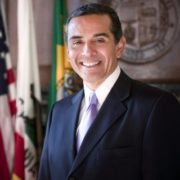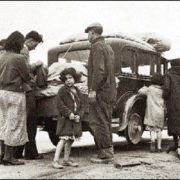Shakira honored 2005 American Music Awards
The American Music Award honored Colombian born musician and singer Shakira as America’s favorite Latina artist on November 22, 2005. Shakira Isabel Mebarak Ripoll’s father was a Lebanese immigrant to Colombia, and her dual Latino and Middle Eastern heritage has greatly influenced her work. “Shakira” translates as “woman full of grace” in Arabic, and her complex, beautiful music reflects this aspiration. Shakira’s crossover album into the US market was “Laundry Service” (2001), which earned the number three spot on Billboard’s album sales ranking. Shakira continues to win awards for her music, including 12 Latin Grammys. (Image: Album Cover of Oral Fixation 2005)
Los American Music Awards honraron a la cantante y músico colombiana Shakira como la artista latina favorita de Estados Unidos el 22 de noviembre de 2005. El padre de Shakira Isabel Mebarak Ripoll era un inmigrante libanés en Colombia, y su doble herencia latina y del Medio Oriente ha influido enormemente en su trabajo. “Shakira” se traduce como “mujer llena de gracia” en árabe, y su compleja y hermosa música refleja esta aspiración. El álbum cruzado de Shakira en el mercado estadounidense fue “Servicio de lavandería” (2001), que obtuvo el tercer lugar en el ranking de ventas de álbumes de Billboard. Shakira ha seguido ganando premios por su música, incluidos 12 premios Grammy Latinos. (Image: Album Cover of Oral Fixation 2005)






